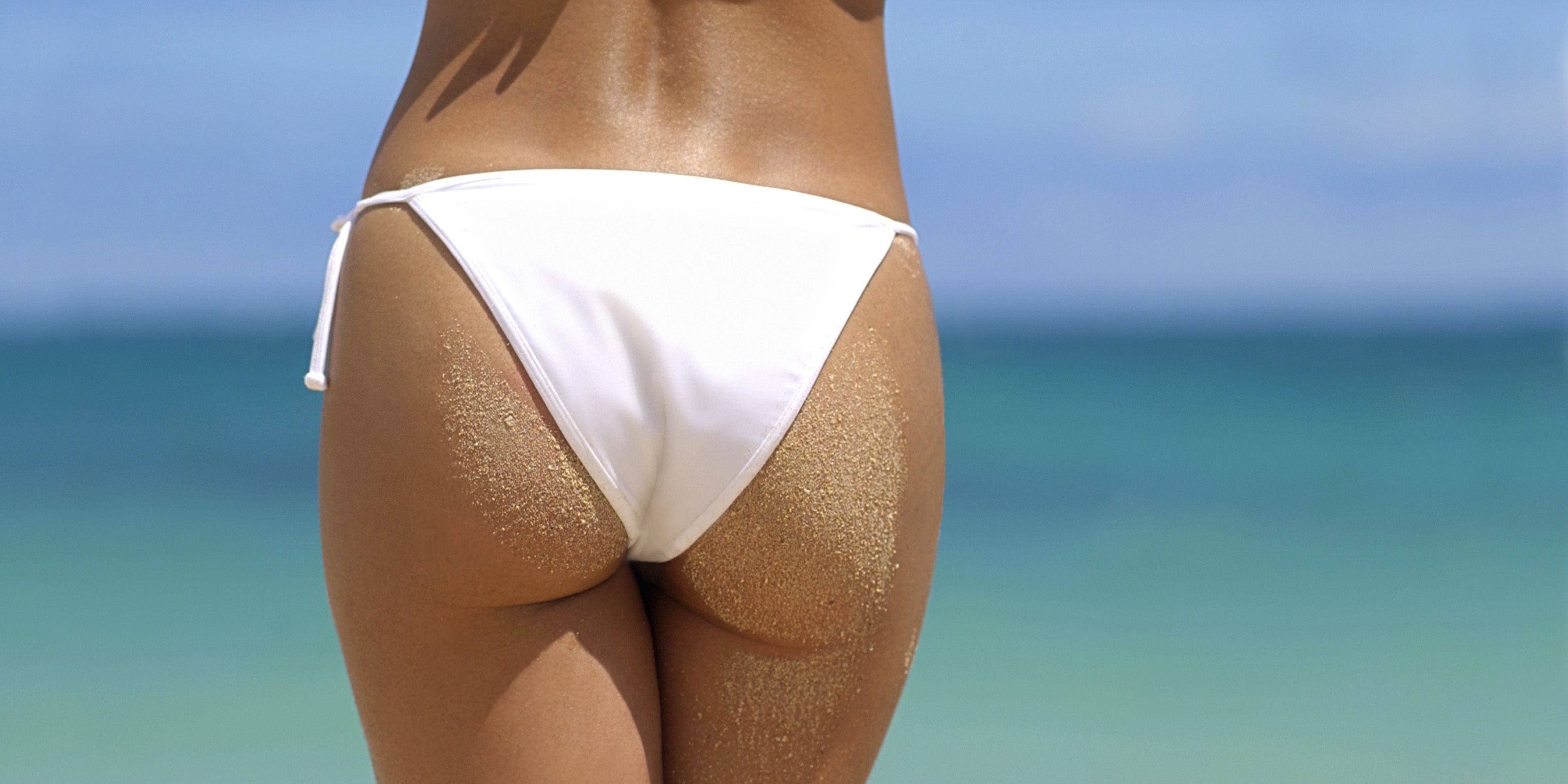For many of us, putting on “the quarantine 15” was very real, especially with gym access being limited and long waiting lists just to get your hands on a piece of home gym equipment. So it’s easy to understand why lots of people are looking for weight loss hacks to help kickstart their newfound fitness regimens to get their pre-quarantine bodies back.
That said, are some of the most popular weight loss quick fixes really beneficial, or are they unlikely to help you slim your waistline? Here, we break down the truths and myths behind three common weight loss hacks, and what you can do instead if you’re looking to boost your workout results.
1. Drinking Apple Cider Vinegar
If you’ve ever searched for weight loss hacks online, you’ve surely come across plenty of articles advising you to take a shot of apple cider vinegar a day to slim down. The “apple cider vinegar diet” has been around for years, but does it have any merit?
While one widely-cited 2018 study found that consuming apple cider vinegar daily helped participants lose more weight than those who did not consume apple cider vinegar, the difference in weight loss was only a few pounds, and both groups were eating a calorie-restricted diet.
In a nutshell, apple cider vinegar might help you lose an extra pound or two over a relatively long period of time, but it’s not going to be an effective substitution for a healthy, balanced diet and regular exercise.
It’s also worth noting that drinking any type of vinegar without diluting it can erode your tooth enamel because of how acidic it is. So if you are going to try this, always dilute vinegar with water.
2. Intermittent Fasting
Intermittent fasting has become incredibly popular in recent years, both as a weight loss tool and a way to better manage or even prevent diabetes. There are many different ways that you can practice intermittent fasting, but the core idea remains the same: balance long periods of time when you fast with other periods when you eat. While some people choose to fast for an entire day, others prolong their overnight fasting by eating dinner much earlier and avoiding evening snacking.
The bottom line is that intermittent fasting can help to regulate your metabolism and insulin levels, but there are lots of variables and caveats. The latest research shows that the most effective intermittent fasting diet is what’s called “early time-restricted feeding,” which means you eat all of your meals for the day in an 8- or 10-hour window early in the day, then fast for the rest of the day and through the night.
One of the biggest problems with using intermittent fasting for weight loss is that this restrictive eating schedule can be difficult to maintain and can easily result in binge-eating. Therefore, intermittent fasting might not be for everyone. Discuss the benefits and drawbacks with your doctor or nutritionist before embarking on a fasting journey.
3. Finishing a Meal with a Mint
Turns out, there’s a reason restaurants give you an after-dinner mint: it’s been shown to aid in digestion and might even help you burn a little extra belly fat. But before you stock your kitchen with peppermints, there are a few things you should know.
It is true that mint activates digestive enzymes that break down your food so that your body can 1) absorb nutrients more efficiently and 2) naturally improve its metabolism rate. So if you’re feeling particularly bloated or full after a meal, sipping on some mint tea could be a quick fix. However, eating mint alone isn’t going to help you shed pounds. Like most other weight loss hacks, feel free to use this one for a little extra boost in conjunction with a healthy eating and exercise plan.
Oh, and be careful about eating too many peppermint candies. While they do contain peppermint oil, they’re also high in sugar, which isn’t going to do your waistline any good!
What’s the Most Effective Way to Banish Belly Fat?
Truth be told, old-fashioned diet and exercise are the best ways to lose weight and get fit. Sure, you can pair these healthy habits with some of the hacks mentioned above, but that doesn’t mean you can throw a healthy diet out the window.
Okay, so what if you feel like you’re already doing everything right in terms of diet and exercise, but you’re still not quite reaching your fitness goals? Stubborn fat in areas like your abdomen, hips, and thighs can sometimes be particularly difficult to get rid of with diet and exercise, and you’re certainly not alone if this is the case for you.
The good news is that there are now a variety of nonsurgical treatment options that can help you enhance your workout results and achieve the toned, slim physique you’re looking for, no surgery required. Contact us to find out more and schedule a complimentary consultation.






































































